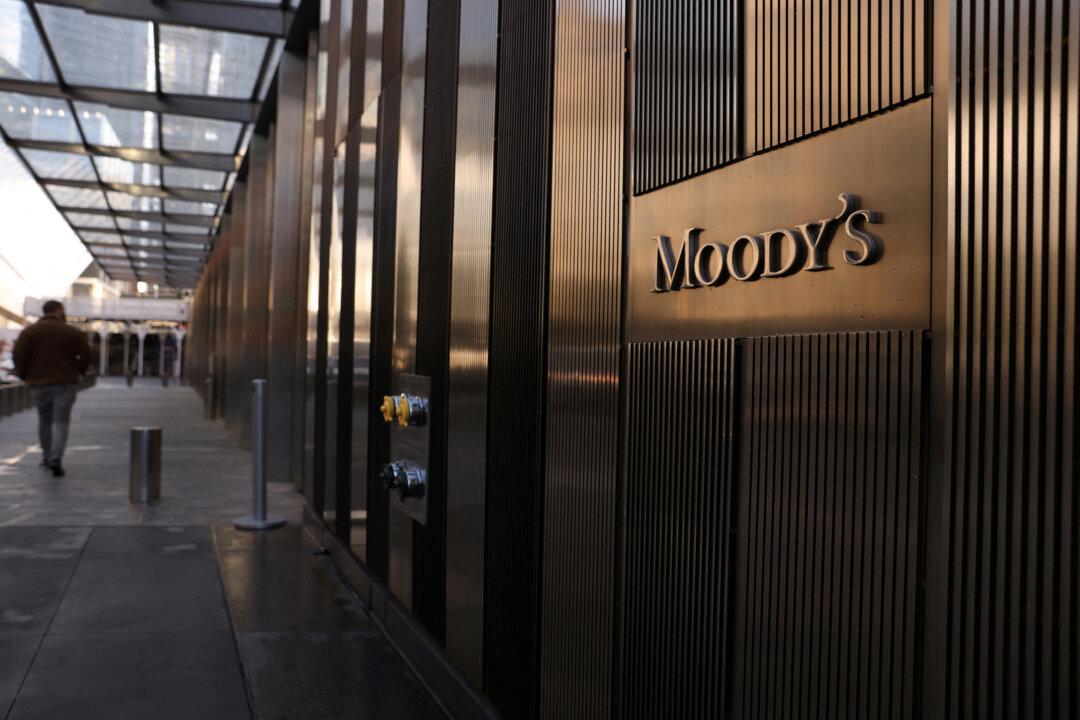Moody’s Ratings has downgraded the United States’ long-term credit rating from Aaa to Aa1, stripping the nation of its last perfect rating among the three major agencies, citing sustained rising debt, ballooning interest payments, and a lack of political will to rein in chronic budget deficits.
“This one-notch downgrade on our 21-notch rating scale reflects the increase over more than a decade in government debt and interest payment ratios to levels that are significantly higher than similarly rated sovereigns,” Moody’s said. “We do not believe that material multi-year reductions in mandatory spending and deficits will result from current fiscal proposals under consideration.”
Despite the downgrade, Moody’s revised the U.S. credit outlook from “negative” to “stable” at the lower Aa1 peg, citing continued strength in core institutions and confidence in long-term economic resilience.
“The US retains exceptional credit strengths such as the size, resilience and dynamism of its economy and the role of the US dollar as global reserve currency,” Moody’s said. “In addition, while recent months have been characterized by a degree of policy uncertainty, we expect that the US will continue its long history of very effective monetary policy led by an independent Federal Reserve.”
While Trump recently said he has no plans to fire Powell, his comments have sparked concerns about political influence on central banking—a dynamic Moody’s appears to be monitoring closely.
Despite the signals of institutional resilience cited by Moody’s in setting its outlook to “stable,” the numbers driving the downgrade are stark. Moody’s projects the federal deficit will grow to nearly 9 percent of gross domestic product (GDP) by 2035, up from 6.4 percent in 2024, driven mainly by entitlement spending and mounting interest payments. Federal debt is expected to climb from 98 percent of GDP in 2024 to 134 percent by 2035. By then, interest payments alone could consume 30 percent of federal revenue—more than triple the level in 2021.
The downgrade has renewed calls from fiscal watchdogs and budget experts for swift action to stabilize the nation’s finances. Michael A. Peterson, CEO of the Peter G. Peterson Foundation, said the Moody’s decision should serve as a wake-up call for policymakers.
“For those looking for a signpost to tell us when to stop adding to our national debt, they should look no further than Moody‘s downgrade,” Peterson said in a statement. “It’s unacceptable for a great country like America to harm its own credit rating. We have plenty of options on the table to fix this, and it can be done quickly, with leadership.”
The move has also drawn sharp criticism from some economists, who argue that Moody’s assessment reflects political bias more than fiscal reality. Economist and former Trump adviser Steven Moore criticized the downgrade as selective and partisan.
“Moody’s is now officially a political agency, not a credit rating agency,” Moore said in a statement. “They downgraded America’s credit rating from Triple A under Trump, but before, when Biden spent $5 trillion and sent inflation to 9% -no problem at all. Trump’s pro-growth tax cuts make America richer and reduce credit risk.”







